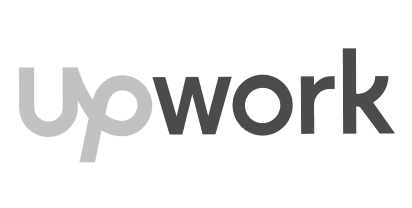Why Curiosity?
Curiosity is the amplifier skill. It's the key that unlocks the ability to learn, to grow, and to develop new ways of connecting with work - and with people.
Take on your biggest workplace challenges - having difficult conversations, giving feedback, identifying and solving the right problems, and reducing micromanagement - with one power skill: Relational Curiosity.
Our Clients
We offer practical, easy to apply learning experiences to leading corporations.







Get our latest Research on Curiosity
Navigating a Fractured Workplace comes from our partnership with The Harris Poll. It examines today’s workplace challenges and reveals how Relational Curiosity can help to create more productive workplaces.
Ready to get started?
Our team can help you match your business goals with the right learning experiences.
What is Coach-like Curiosity?
Put Curiosity to Work
Tackle the Intractable
People don't have to suffer in the workplace. There's a way to make work better.
Learning for the whole organization
The Coaching Habit® teaches employees how to change their habits from advice-driven to curiosity-led. It is designed for large organizations with a diverse and distributed workforce.
-
People Managers
Multiple learning formats including Learning Journeys that can be used by existing, aspiring, and new managers.
-
Senior Managers
Virtual and In person learning with emphasis on the specific challenges facing senior leaders.
-
Customer-Centric Employees
Learning Journey and On-demand, mobile-first, self-directed trainings for roles that are centered around customers.
-
Individual Contributors
Learning Journey and On Demand learning experiences designed to meet the needs of any learner, regardless of whether or not they manage people.
